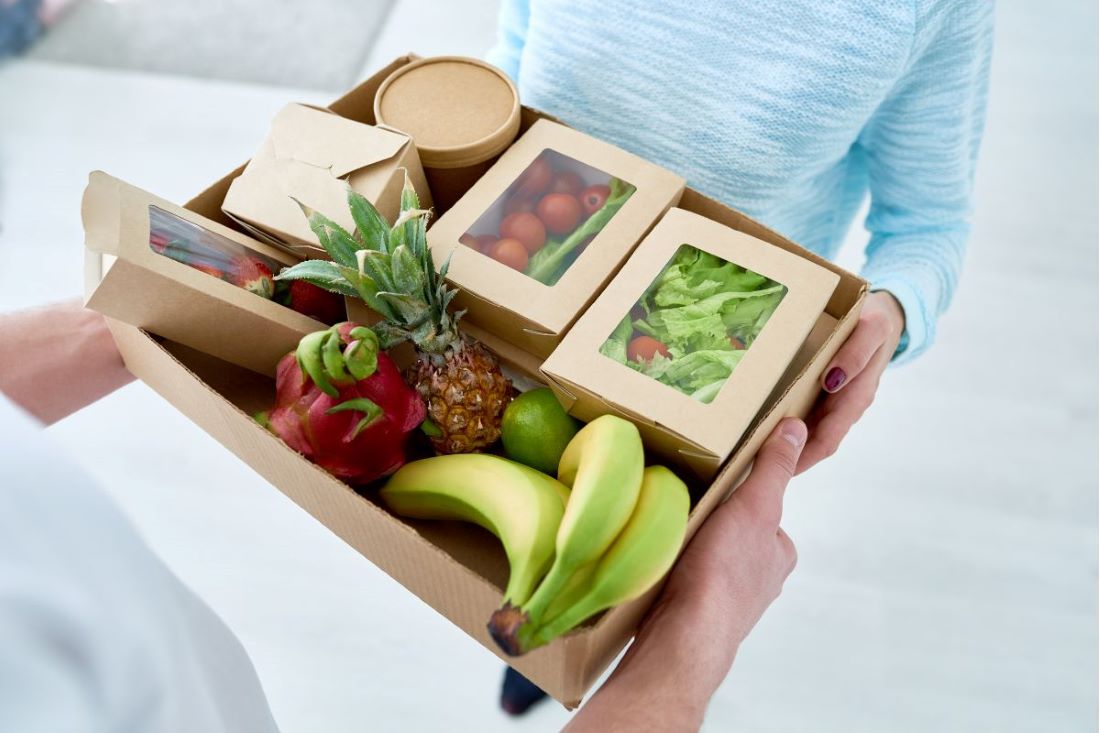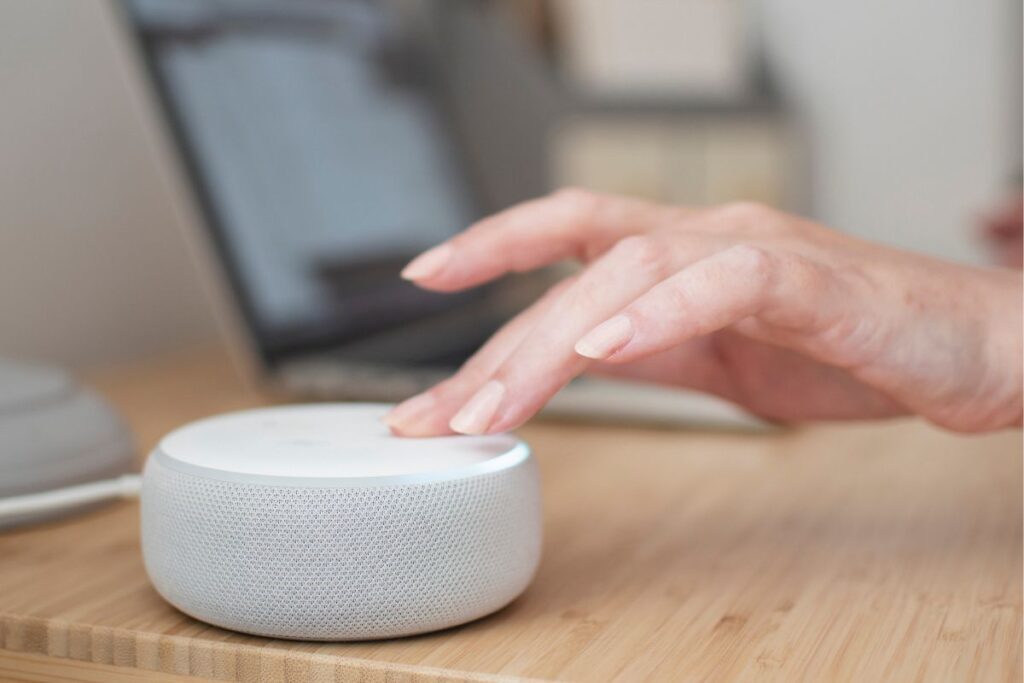Seventy-five percent of adults over the age of 50 say they want to stay home as they age rather than move to a support-care facility. A few years ago, this would have been challenging as rides, meals, and other services could be difficult to obtain. Now, technology allows these older adults to stay home and connected, making aging in place possible.
1. Nutrition Tracking
Proper nutrition becomes more critical the older we get. Thanks to technology like Family Hub from Samsung, you can peek into your loved one’s fridge from anywhere with an internet connection. So you’ll know immediately if they’re eating healthy food or not.

2. Telemedicine
Fitness trackers and home glucose meters are great, but when they show something’s wrong, a doctor’s visit may be necessary. Not that long ago, a quick health check would have meant driving to their office, searching for parking, and sitting in the waiting room (even though you were precisely on time.) With telemedicine, aging adults can now see a doctor without ever leaving the house.
3. Ride – Don’t Drive
In most areas of the country, particularly places like the rural Northeast that don’t have a robust public transit system, the inability to drive means you can’t live at home anymore. Or it used to! Rideshare apps like Uber and Lyft are one way to get where you need to go. But for many older adults, those apps can be confusing. If that’s the case, check out GoGoGrandparent. This concierge ride service uses a toll-free number to schedule rides and sends a text message to the family when you’ve been picked up and dropped off. They also offer groceries, prescription medications, and meal deliveries.
Having essential documents organized and accessible can save precious time, reduce your stress, and improve the care your loved one receives – Caregiver Documents: 7 Essentials to Organize Right Now

4. Speedy Delivery
No, we’re not talking about Mr. McFeely from Mr. Rogers’s neighborhood, but the service is almost as good! Amazon and other companies offer delivery on everything from medication to groceries in 45 minutes or less. Combine those services with voice technology like Alexa or Google Home, and nearly every older adult can get the goods they need without stepping outside their door.
5. Video Chat
When caring for a parent or older loved one, it’s important to notice subtle changes that may only be obvious with daily face-to-face contact. Thanks to Facetime, Whatsapp, and Alexa’s Drop In, you can check on your loved ones from anywhere you can get online. An in-person visit may be necessary to set them up and show them how to use the video chat before you start.

6. Alexa Together
The Amazon Alexa Together caregiving program allows customers to utilize Alexa-enabled devices to keep in touch with far-away loved ones. Shared to-do lists, reminders, and hands-free phoning enable families and carers to manage tasks and communicate. Alexa Together helps caregivers manage appointments, medications, and other tasks while staying in contact with loved ones via voice and video calls. In addition, Alexa Together helps families stay connected and manage caregiving responsibilities when apart.
Making technology a part of your caretaking strategy allows aging adults to stay in their homes longer and removes some of the stress involved in caring for older adults. And technology is constantly changing, so there will likely be more of these types of services as the population ages.




